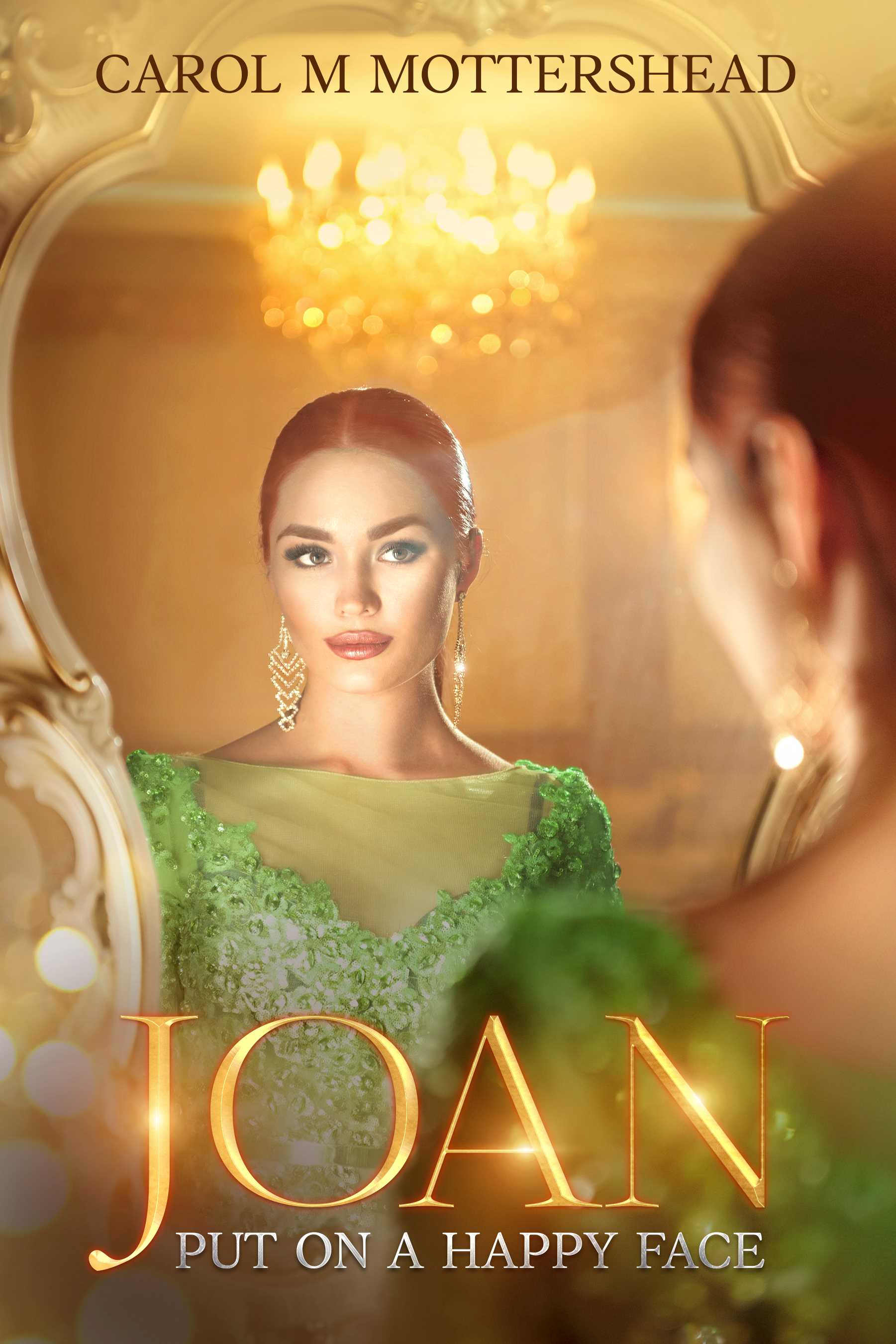3. Researching Punch & Judy Shows
Exploring the variations of the Punch and Judy puppet show has been fascinating. Despite there being hundreds of puppeteers performing this show worldwide, each rendition is unique while somehow retaining the same essence. It’s incredible how a single concept can be interpreted in so many different ways, yet maintain its originality.
Punch and Judy has roots in Commedia dell’Arte, which prompted me to delve deeper into the history of this theatrical style. I discovered that every show was distinctive because there was no set script to follow. Performers would improvise around themes or topics, often adding comedic and risqué elements—content that would undoubtedly be deemed politically incorrect by today’s standards. They challenged authority and mocked nobility with flair and audacity.
Learning about Joan through my research was unexpectedly thrilling, especially since history wasn’t something I had taken an interest in before. Delving into something new that truly captivated me felt exhilarating.

In my story, I explore Punch and Judy through the eyes of Joan herself. She would be shocked by how society perceives her shows today. To Joan, her performances are about her family and loved ones—how could anyone be so against them? But wait—how could Joan even express outrage in the present day, given she would be over 450 years old?
That’s when my eldest son raised an intriguing question: how could this scenario even be possible? Could Joan be an elderly retired puppeteer who has lost touch with reality? Was she suffering from dementia, convinced she was Judy? Perhaps she was a schizophrenic obsessed with becoming Judy. But no, I couldn’t imagine my version of Joan that way. Joan had to be strong, resilient, and full of confidence—a survivor of life’s challenges, ready to tell her own story.
Then, as I wrestled with this dilemma, my youngest son introduced me to an intriguing idea: Nicholas Flamel and the elixir of immortality. Like many, I’d only encountered Flamel through J.K. Rowling’s Harry Potter books. To my surprise, Flamel had actually been a real person—a French philanthropist who donated much of his wealth to charities and hospitals. He was also an alchemist reputed to have discovered the Philosopher’s Stone, capable of turning metals into gold, and the elixir of immortality. With that, my research journey took an unexpected turn, adding yet another fascinating layer to my project.
4. Researching Nicholas Flamel
History was now getting very interesting. Nicholas Flamel and his wife Perenelle lived in the early part of the 14th Century which was filled with rumours of magic, stories that legends are made of, and Nicholas was an alchemist, a scientist, an educated man. He owned his own bookshop and was a scrivener to all. Despite being a strongly religious man he was attributed with discovering how to turn lead into gold.
Years later he, more than his wife, was said to have discovered the secret of immortality, a blasphemous accusation for any religious person. He was simply an alchemist, a man of science, a scrivener and bookshop owner living a simple life, giving whatever he could to those less fortunate than himself.
He and his wife created sanctuary for the homeless, a refuge in Paris that still stands today in the form of a Restaurant. They did so much for others that their memory has been immortalised for centuries – despite being given the accolade for his discoveries, none of it has been proven, but then what is this we now find...?
Part of my research uncovered a treasure of a find - an Elixir for Longer Life!
Is this what people have been considering as the elixir for immortality? During medieval times it would have been normal to live for forty maybe fifty years on average, it could be seen therefore, anyone living beyond those years, when the rest of their family or friends were dead, could be considered immortal!
The discovery I found is called Chartreuse: Elixir de Vegetal and consists of 130 flowers, plants and herbs distilled in alcohol and is produced by the Carthusian Monks using a closely guarded secret recipe that dates back over 400 years. It is said to have been prescribed by French doctors until recent years as an actual medicine as a potent medicinal liqueur.
The elixir should be consumed in tiny quantities. Only a couple of drops are needed
* in a cup of hot water, Lemon and Honey,
* in a tisane,
* as a "bitter" to add strength and flavour to cocktails,
* on a sugar cube.
Known as an "Elixir of long life" the Elixir Vegetal is believed to have health giving properties and can be taken to:
* ease Digestion,
* cure tiredness, sickness and discomfort,
* restores a sense of wellbeing and vitality.
The Elixir Vegetal needs to be stored in its own protective wooden case, away from the light, to keep it in perfect condition.
Additionally, which I think adds to its mystery, is the fact that only three monks ever know the recipe at any one time. Two know only half the recipe each whilst the third knows when and how to bring them together for storing in the wooden barrels in the cellar of their monastery.
For more modern day use the Elixir has been developed into a slightly lower volume alcoholic liqueur sold as its natural colour of green or with honey where it turns into a yellow coloured liqueur suitable for the more popular cocktail / wine bars of present day.
Out of curiosity, I bought a bottle of the Elixir de Vegetal and took some. Strangely enough, within three weeks of starting the three drops a day on a sugar lump, my platelets, which had been low for five years and needed monitoring every three months, returned to normal... go figure... FASCINATING!! [Chartreuse: Elixir de Vegetal is available on
Amazon Prime]

